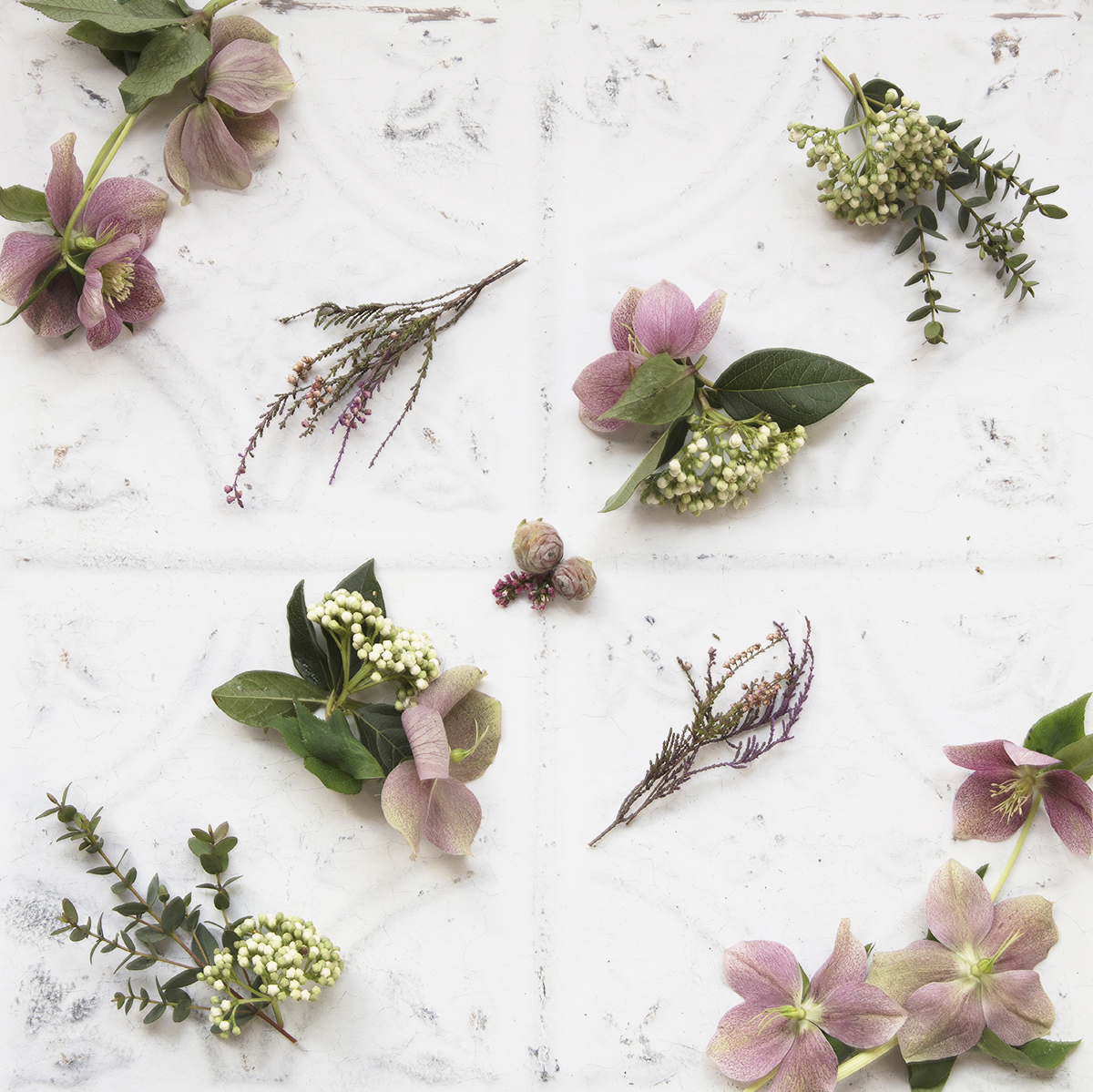By applying an iron solution to carved wood, you can instantly ‘ebonize’ it, creating unique pieces with wonderful inky hues. Max Bainbridge turns to the dark side...
Max advises using either oak or walnut for ebonizing, due to their high tannin content. Image by Dean Hearne
In this project I demonstrate how to ebonize a small oak bowl, using the natural tannin in the wood to blacken the surface. It’s a simple and natural process that gives an instant and completely transformative result.
The ebonizing process is one that’s hard to believe even when you see it happening before your eyes. The basic principle is to create a chemical reaction between the wood’s tannin and iron oxide. Tannin is a tree’s natural defence against predators, and iron oxide is what we commonly know as rust. You can create an iron solution by steeping wire wool or iron nails in vinegar. Then, by applying this to the surface of a wood that is high in tannin, such as oak, you produce a chemical reaction that turns the wood black.
Tools
Small oak or walnut bowl
Large jar
Water
White distilled vinegar
Iron nails or wire wool
Paintbrush
Cloths
Beeswax salve
Method
1. Fill a large jar with two parts water to one part white vinegar, add the nails or wire wool and leave to soak. Do not keep a lid on the jar because while the vinegar reacts with the iron, a small amount of gas will be produced, which needs to escape.
2. Once the nails have been in the solution for at least a week, a layer of rust will form on the surface and the liquid will be brown or orange in colour.
3. Using a paintbrush, start applying the rusty vinegar solution to the surface of the wood and allow the reaction to take place. If you are using oak, the reaction will happen straight away and you will see the colour change in front of you. Observe how the colour develops and keep applying more solution if you wish to intensify it.
4. You can keep applying layers, allowing each layer time to dry, until the colour doesn’t get any darker. Once you are happy with the colour, give the surface of the wood a wipe down with a cloth.This may result in some of the colour rubbing off, but keep going until nothing more comes off on the cloth. Leave the ebonized bowl somewhere ventilated to dry and allow the vinegar odour to evaporate.
5. When it is completely dry, apply a coat of beeswax salve.You will need to use a clean cloth just in case any residual pigment comes off the bowl as you apply the salve. Leave to soak in overnight and then rub down the following day.

































